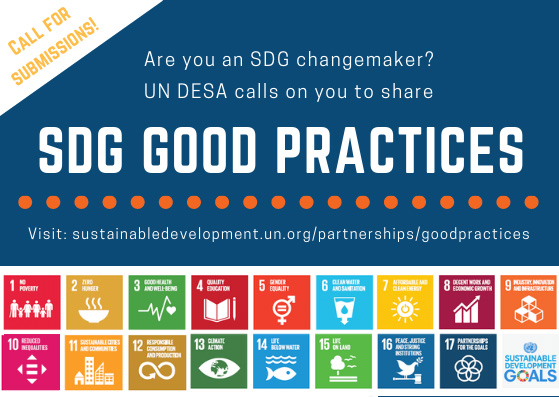Village of Intergrated Risk Management (IRM)
Description
The province of East Nusa Tenggara generally suffered from long drought. CII has been working on the province since 2011 to mainstream IRM. In the first phase of the programme (2011 - 2015), PfR CII invested on smart agriculture techniques by introducing new methods of farming. To continue these best practices in PfR phase 2 (2016 - 2020), PfR introduced the 'Village of IRM' to institutionalized the IRM best practices. PfR institutionalized four practices: (1) water springs protection (2) permaculture (3) water supply (4) paronization for cattles. Further, the community groups also advocates these practices into their village development plan and budget.
Objectives of the practice:<br />
Integrated Risk Management (IRM) village is a pilot project of CARE International Indonesia (CII) on the programme of Partners for Resilience (PfR). The programme of PfR aims to achieve resilience community by mainstreaming Disaster Risk Reduction (DRR), Climate Change (CC), Environment Risk Management (EMR) into policy, practice and investment. For the purpose to achieve this outcome, CII works in 8 villages and 2 cities across three regencies in East Nusa Tenggara, Indonesia. The village of IRM is an institutionalization of community practices that holds the principle of IRM participatory approach. In the Village of IRM, CII introduced the new way of smart agriculture which intended to: <br />
<br />
1. Reduce the potential damage on the environment. <br />
The practices are proven to change the farming methods of the community to permaculture. Prior to the programme, community moving from one place to another. This practice has been a root cause for forest fires becaue the tendency to have forest clearance (slash and burn). Secondly the neighboring village also replicate these interventions. <br />
<br />
2. Contribute to the community livelihood<br />
The permaculture aims to optimize the holticulture farming system by using household waste irrigation. The community enjoys consuming the holticulture products on their households. Looking into the success story of these intervention on income generating and climate adaptation the neighboring village also replicate these interventions. <br />
<br />
3. Engage the Climate Based Financing <br />
This replication effort has successfully used village funds in two consecutive budget years (FY 2017, 2018)<br />
<br />
Contribution to SDGs<br />
The Village of IRM is an example how projects in a village level are able to tackle climate challenges. The province of East Nusa Tenggara generally suffered from long drought. In specific, the village community suffered from a long drought and during this seasonal need to move from one place to another to open a farming field by forest clearance. New practices from the village of IRM has changed the farming methods of the community. It consistently contribute to SDGs 13:<br />
<br />
<br />
13.1. Strengthen resilience and adaptive capacity to climate related hazards (in this case long drought)<br />
<br />
13.2. Integrate climate into policies, strategies through the use of village funds
The project applied in two villages: Oelbetino and Tolnaku, Kupang, East Nusa Tenggara. CII works with the local NGOs called CIS Timor to implement the activities in the village levels. These includes:
(1) Introducing the new methods to the community
(2) Capacity strengthening to the farmers group on advocacy
(3)Advocacy to the village administrative and regency government on IRM practices and policies
At the national level, CII works with the Ministry of Village to mainstreamed this practices.
Monitoring:
1. Monthly visit to monitor the work of the farmers groups
2. Engage on the coordination and village development meeting with the village government
Financing to scaling up the practices
1. The practices are proven to change the farming methods of the community to permaculture. Prior to the programme, community moving from one place to another. This practice has been a root cause for forest fires becaue the tendency to have forest clearance (slash and burn). <br />
<br />
2. Contribution to community livelihood<br />
The permaculture aims to optimize the holticulture farming system by using household waste irrigation. The community enjoys consuming the holticulture products on their households. Looking into the success story of these intervention on income generating and climate adaptation the neighboring village also replicate these interventions. <br />
Farmers group in the village of Oelbetino<br />
Testimony: we are now able to produces vegetables from our own yard. we are not only consume the vegetables for ourselves, we are now selling the vegetables to our neighbouring villages
Deliverables & Timeline
Resources mobilized
Partnership Progress
| Name | Description |
|---|
Feedback
Action Network


Timeline
Entity
SDGs
Region
- Asia and Pacific
Geographical coverage
Website/More information
Countries

Contact Information
Annisa Srikandini, Programme and Alliance Lead
